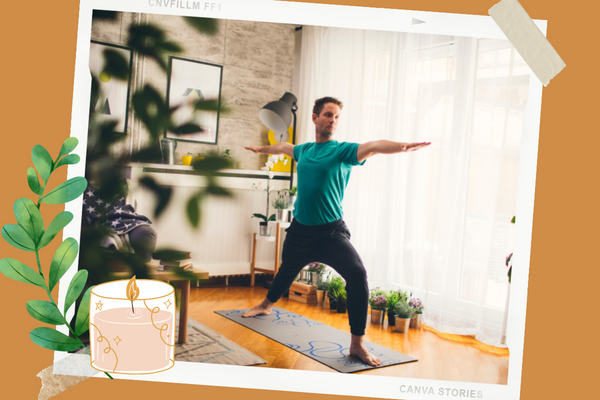Remember the 3 M’s to engage your mind and body, promote emotional well-being, and support your mental health.

The 3 M’s
Movement
Physical activity restores mental health through the release of “happy chemicals/hormones” and the improvement of quality sleep. And it doesn’t necessarily require you to take a one-hour fitness class! Moving your body and increasing your physical activity further encourages you to move more.
For example:
Walking around the house or outdoors while talking on the phone;
stretching intentionally for 5+ minutes before bed;
and taking the long route to the restroom at the mall
May lead to:
Enjoying a daily walk/run around your neighborhood or school track;
attending a fitness class a few times a week;
or participating in a movement/exercise session at your workplace, local parks department, or place of worship!
The key is to consistently take small opportunities to move more. This, alone, can provide mental and physical benefits. These benefits, however, only continue to grow as you add more intentional and regular exercise.
Meditation
When you think about meditation, do you picture someone in a cross-legged seat, hands intricately folded atop the knees, humming? It can be more than that, or less than that– meditation is what YOU make of it. It simply requires quiet surroundings and mental focus. While this can be challenging at first, meditation is like a muscle… to grow your ability to meditate with focus, it takes consistent effort and practice. Try closing your eyes while spending 10 minutes focused intentionally.
For example:
Focus on your heart beat, breath, a sound, smell, or object.
Read a short excerpt from a poem, your journal, scripture, or book that fulfills you in some way, then spend a few moments meditating on the information you read. How does it affect you mentally? Alter you emotionally? Change you physically?
Meditation is a great tool to help us slow down, to truly experience our thoughts and feelings, as well as clear our minds.
Mindfulness
Mindfulness applies to nearly everything, as it means “the quality or state of being conscious or aware of something.” In other words, how present are you in life? The opposite of mindful living is to “live on autopilot,” simply by going through the motions when eating, driving, reading, showering, or even brushing your teeth. Practicing mindfulness during your movement, meditation, and daily routine helps us become more aware of our physical, mental, and emotional well-being. Ask yourself questions to help you pause– take in the experience of being alive!
Stop yourself and wonder:
How present am I in this single moment?
While eating… What depth of flavors am I experiencing as I chew this food?
While moving or working out… Which muscles do I feel that are helping me flex, extend, or keep stable?
While getting ready for the day… How does my body, mouth, hair feel before and after?
Appreciate your different senses by engaging them all regularly. This helps increase self-awareness, confidence, and peace!
